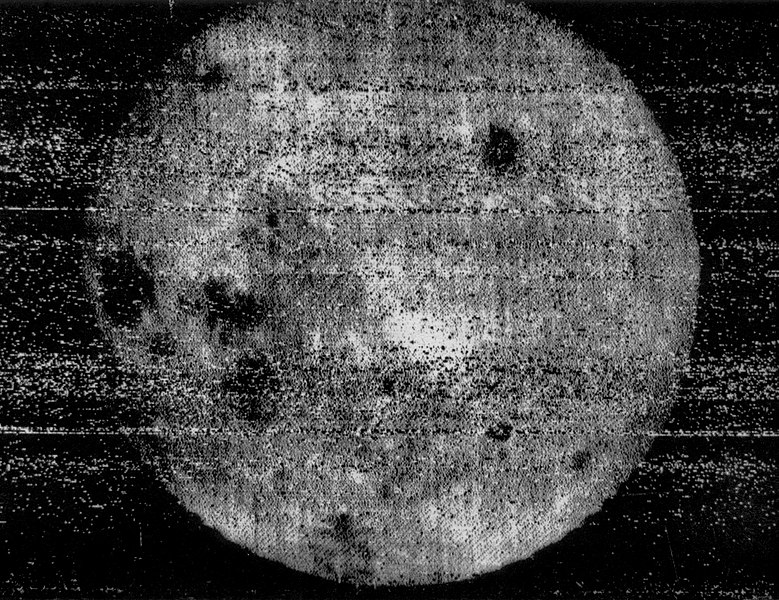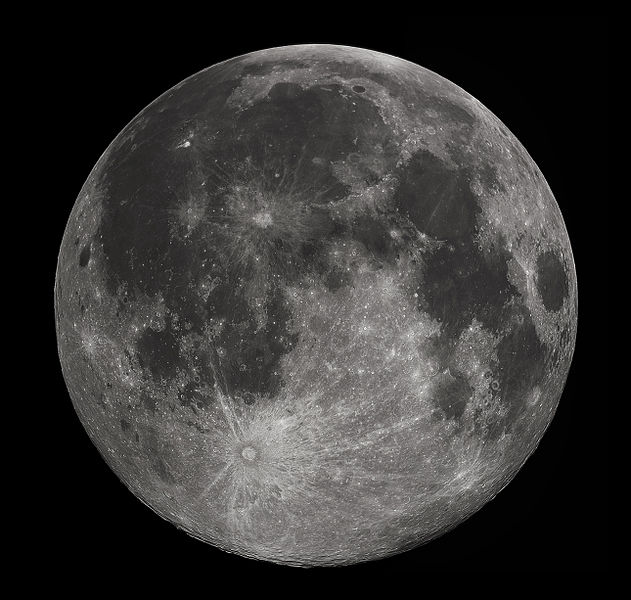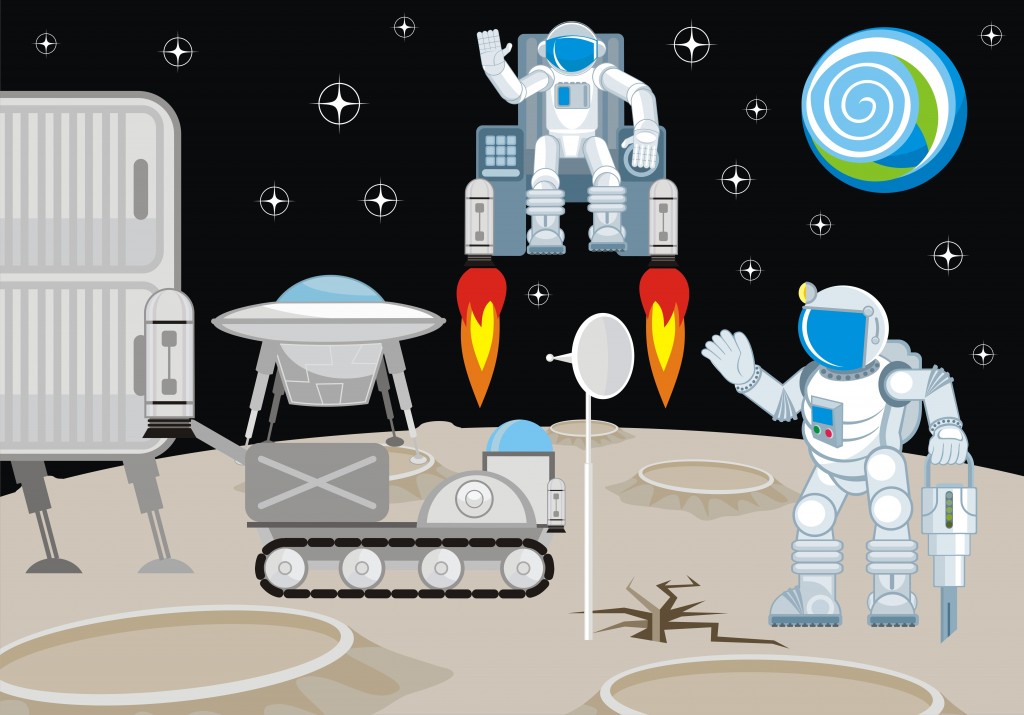Table of Contents (click to expand)
We are going back to the moon to search for more water, isotope helium-3 and potential to make a colony there. The moon might become a refuel station on the way to Mars.
“That’s one small step for a man, one giant leap for mankind.”
Since Neil Armstrong, Buzz Aldrin and Michael Collins became the first people to set foot on the moon in 1969, humanity has made many such ventures to our lunar neighbor. We’ve collected rocks from the moon, found water, and developed a dozen conspiracy theories (did any actually go up to the moon?).
If we’ve already done all this, why are we still venturing to that tiny grey orb with its pockmarked surface that follows us around at night?
Why Did Humans Go To The Moon Initially?
The US launched NASA in 1959, as they worried that they were falling behind the Russians in the Space Race. NASA was to be in control of all non-military space exploration. They launched three missions, with the final aim of getting an American on the moon before the Russians. After a few disasters and delays, on July 1969, Apollo 11 successfully landed on our nearest celestial neighbor.
Since then, every country with any claim to the title of a superpower and a space program has sent or planned to send their countrymen to the moon.

Aside from the political motivations affecting space, and by extension moon exploration, science has gained a great deal from these endeavors, far more than telescopic observations ever could. The moon was uncharted territory and an exciting playing field for scientists to learn not only about the moon, but also about the solar system that lies beyond.
There was so much that scientists did not know about the moon. What was it made of? How was the moon made? How does the Earth look from the moon? What’s the history of the moon?
During the Apollo missions, the 12 astronauts that went to the moon studied the lunar rocks and soil, the meteoroids, magnetism, lunar range, and solar winds. Those Apollo missions brought back 382 kilograms of moon matter to Earth.

Studying this precious lunar cargo has revealed a great deal about how the moon’s crust must have formed and about what stuff must have been floating around, hitting the moon in our solar system.
The dark patches on the moon, called maria (sea in latin) were most likely filled with lava 4.2 to 1.2 billion years ago (Source). The moon rocks also suggest that the moon was formed from the remnants of a collision between Earth and a large Mars-like body. There are still 6 unopened moon rocks from the Apollo missions.
Ice water on the moon was detected in the 1990s by two U.S. robotic missions—Clementine and Lunar Prospector. This was later confirmed by ISRO’s Chandrayaan-1.
The US once more embarked to study the moon, but this time it was about the gravity there. Two repurposed satellites from the THEMIS mission were used for this journey. They called this project ARTEMIS (short for Acceleration, Reconnection, Turbulence, and Electrodynamics of the Moon’s Interaction with the Sun). GRAIL, in 2012, was the second US study of the moon’s gravity field, which produced one of the highest-resolution gravity maps we had to date.
Also Read: Why Should We Build A Lunar Base Station?
Why Continue To Go To The Moon?
Where there is water, there is life, or at least the scope for sustaining life there for a while before heading off elsewhere. Water is made of hydrogen and oxygen (H2O).
Splitting the water on the moon could help to refuel space crafts, while the oxygen could provide breathable air for the cosmonauts on the moon. This would allow the moon to be an important pit stop before future crafts ventured into the rest of the solar system.
Artemis
NASA plans to use its newly launched program called Artemis (Apollo’s sister from Greek mythology) for a variety of purposes. NASA has said that by 2024, they will once again land humans on the moon. This time they plan to land on the South Pole of the moon as it is a promising candidate for icy water. For NASA’s larger aim of reaching Mars, using the Moon as a base to restock, refuel and shed load on the way to other planets is highly desirable.
Aside from the unchartered scientific craters, future geopolitical motivations play a big role in maintaining an interest in the moon.
Chang’e And Chandrayaan
For developing giants like India and China, a step on the moon would highlight their tech prowess and place them in the same league as the US, Russia, Japan, and various European nations.
The Chinese Lunar Exploration Program is China’s attempt at studying the moon, and in 2013 became the third country to make a soft-landing on the moon. On January 3, Chang’e 4 landed on the far (and dark) side of the moon. India, with its recent launch of Chandrayaan-2, hopes to be the fourth country to land on the moon.
India’s Chandrayaan-2 has big plans to dig deeper (literally) into the Moon to record temperatures and collect samples from the lunar south pole.

SpaceX And Blue Moon
There is also the prospect of making money through the moon. Private companies like Elon Musk’s SpaceX and Jeff Bezos’ (Amazon’s founder) Blue Moon all have plans to profit in some ways. SpaceX has the ultimate aim of setting up a colony on Mars, and Blue Moon has similar dreams with respect to the moon. Obviously, these are large dreams that still lie a ways away, but these companies will also help NASA carry out its space missions.
Mining the moon for isotope Helium-3 would also pay off. Isotope Helium-3 is present in solar wind and has been found on the lunar surface. Mining this, if it ever becomes a reality, would be a safer and cleaner alternative for nuclear fusion reactors. There are ongoing debates over how possible it is and whether it should even be done, but the potential is certainly enough to keep the moon as an appealing destination.
Also Read: Why Don’t We Try To Colonize The Moon Instead Of Mars?
A Final Word
It has been 50 years since Apollo 11 sent the first humans to the moon, and now we’re finally going back. The next decade looks like an exciting time for space exploration, as it promises to land more humans on the moon, find alternative energy sources and become a refueling station for space missions en route to other parts of the solar system. As governments change, money flows for space research and development, and continuous technology advancement means that space exploration will soon become even more exciting!
How well do you understand the article above!

References (click to expand)
- Space Race | National Curriculum | Schools & Colleges. nationalcoldwarexhibition.org
- Why Everyone Wants to Go Back to the Moon. The New York Times
- Helium-3 mining on the lunar surface - ESA. The European Space Agency
- Overview | Inside & Out – Moon: NASA Science. The National Aeronautics and Space Administration
